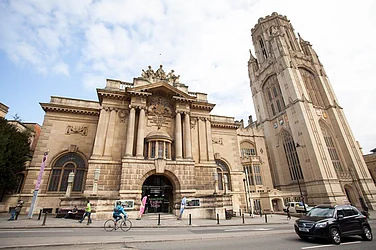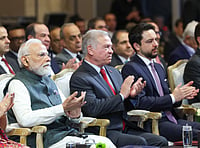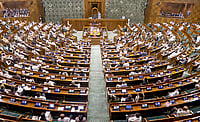Italy has communicated its formal decision to discontinue its involvement in President Xi Jinping's prominent Belt and Road Initiative. A high-ranking Italian government official shared this information with the Financial Times on Wednesday.
Italy's initial decision to join the Chinese-led trade and investment scheme in 2019 caused concern among its Western allies, particularly the United States. At that time, Italy became the only G7 member to participate in the initiative.
Prime Minister Giorgia Meloni, describing the previous populist government's choice as a "mistake," indicated earlier this year that Italy was reconsidering its participation. As part of the formal process, Italy was required to notify China of its intent to withdraw by the end of this year; otherwise, its participation would have automatically renewed for the next five years.
The recent decision puts an end to months of speculation surrounding Italy's stance on the Belt and Road Initiative.
What is the Belt and Road Initiative (BRI)?
Initiated by Chinese President Xi Jinping in the fall of 2013, the Belt and Road Initiative (BRI) is a comprehensive foreign policy project with the official name "One Belt, One Road". This initiative comprises two major components: the land-based "Silk Road Economic Belt" extending from China to Central and South Asia, the Middle East, and Europe, and the sea-based "21st Century Maritime Silk Road" connecting China to Southeast Asia, the Middle East, Africa, and Europe via key sea routes.
Often referred to as the New Silk Road, the BRI is a vast network of infrastructure projects aimed at promoting trade, economic development, and cultural exchange. The initiative involves the Silk Road Economic Belt, spanning Asia overland, and the 21st Century Maritime Silk Road, crossing the seas. These routes are designed to connect China with Europe, the Middle East, Africa, Oceania, and Latin America, fostering increased trade and communication between nations.
The Belt and Road Initiative serves as a flagship foreign policy endeavour for President Xi Jinping and is a strategic move by China to create an extensive, interdependent market. This initiative aims to enhance China's economic and political influence globally, providing favourable conditions for Chinese companies to expand globally.
Additionally, the BRI is perceived as a means for China to engage in 'periphery diplomacy,' fostering trade and infrastructure partnerships with countries along its vast land border.
The Belt and Road Initiative (BRI) boasts substantial and diverse participation from countries across the globe. As of now, thirty-nine nations in sub-Saharan Africa, thirty-three in Europe and Central Asia, twenty-five in East Asia and the Pacific, eighteen in Latin America and the Caribbean, seventeen in the Middle East and North Africa, and six in South Asia have actively joined the initiative.


























